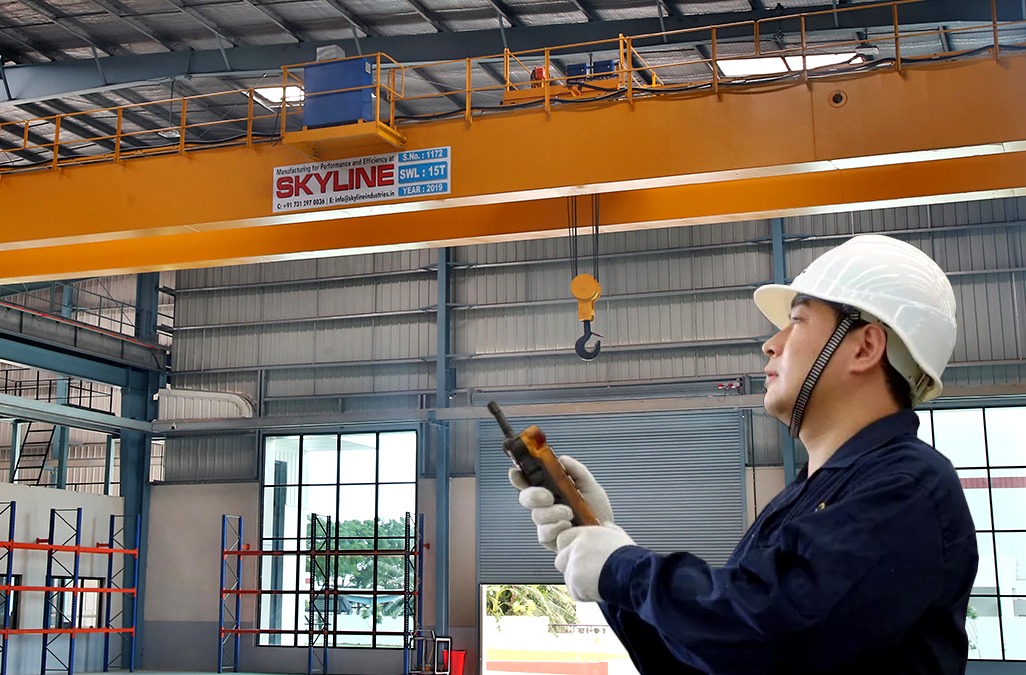
A crane is mainly used to transport heavy objects from one place to another. It is used to move the amount of weight a human being cannot. A type of machine, It is generally equipped with wires, chains, a hoist, etc, that make the lifting and lowering of such materials easier. Cranes are used in many sectors of life, such as the transportation industry, the manufacturing industry, the construction industry, etc, for transporting things such as materials, vehicles, and heavy equipment.
These types of machinery are operated by people known as crane operators. There are six types of cranes an operator should know about, the smaller ones include Hoists, Single Girder Cranes, Jib Cranes, and Goods Lift. The ones that handle bigger loads include Double Girder Cranes, and Gantry Cranes.
An operator should keep a few key technicals in mind before starting work.
- Counterweights: As the name suggests, a counterweight is some load that can balance the load to be lifted. Since the crane lifts by pivoting at one point, it is crucial to maintain the load lifting operation easily with the help of counterweights. They can be managed at the opposite side of the boom.
- Clearance: Clearance is the minimum space that should, at all times, be maintained between any part of the crane and the nearest obstruction. There should be at least a minimum of 3 inches clearance for overhead space, and 2 inches laterally.
- Capacity: As the name suggests, capacity refers to the maximum weight a crane is manufactured to hold, for example, Single Girder Cranes and Hoists can hold up to 10 tons, whereas, Double Girder Cranes and Gantry Cranes can hold a total of 150 tons. Jib Cranes and Goods Lift only hold up to 5 tons.
- Bridge: Basically, the bridge is the part of the crane that consists of all of the parts that allow the hoist of the crane to move, side to side. Simply put, a bridge is that mechanism of the crane that carries the hoisted subsequently, the load, perpendicularly along the runways.
- Beam: The beam is about the length of a building, and is used as the crane’s overhead structure. It supports the hoist of the crane and the load that it takes on.
These were the 5 major terms that a crane operator must know before starting to operate. Basic knowledge will always be helpful in the easy execution of the load lifting work.

